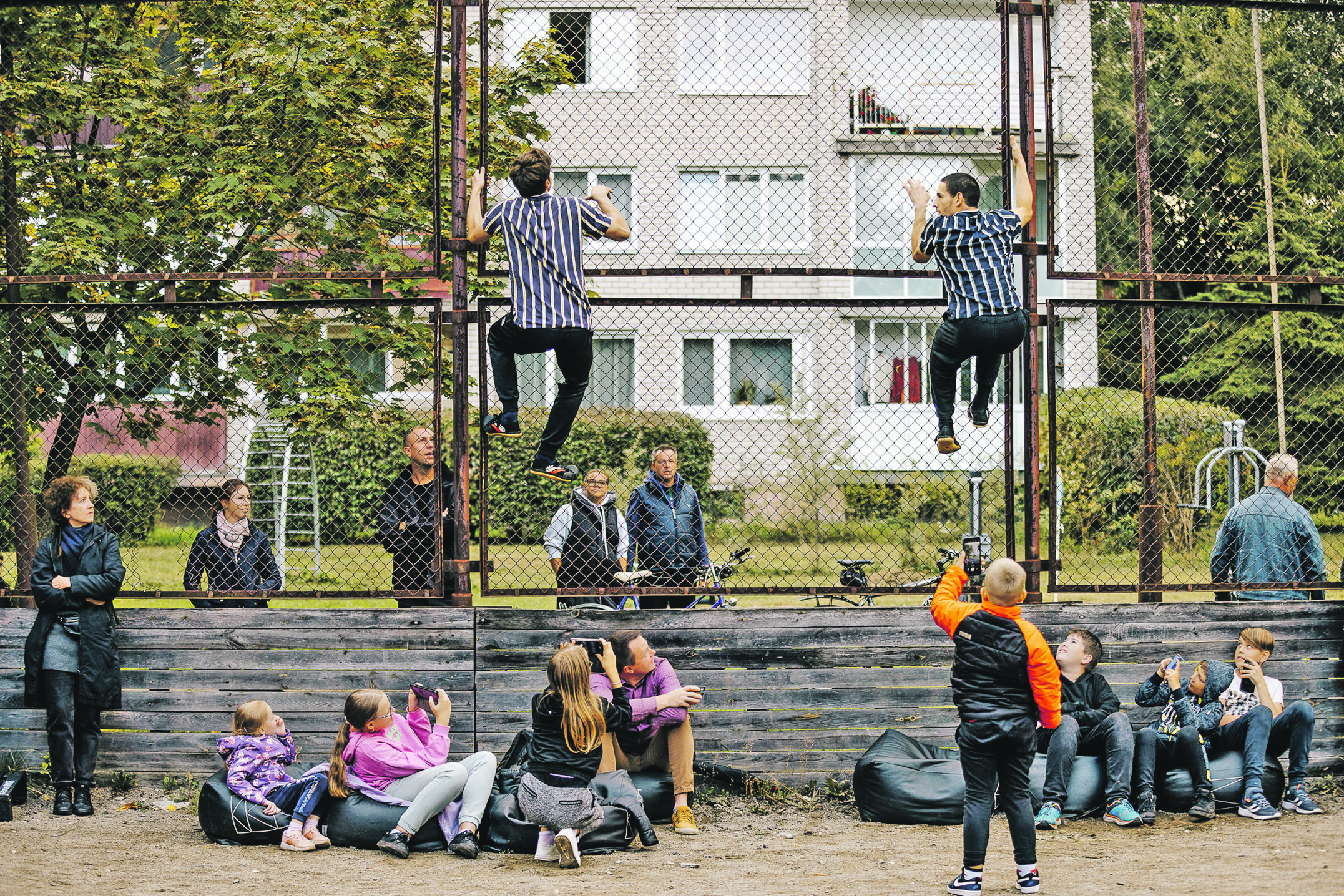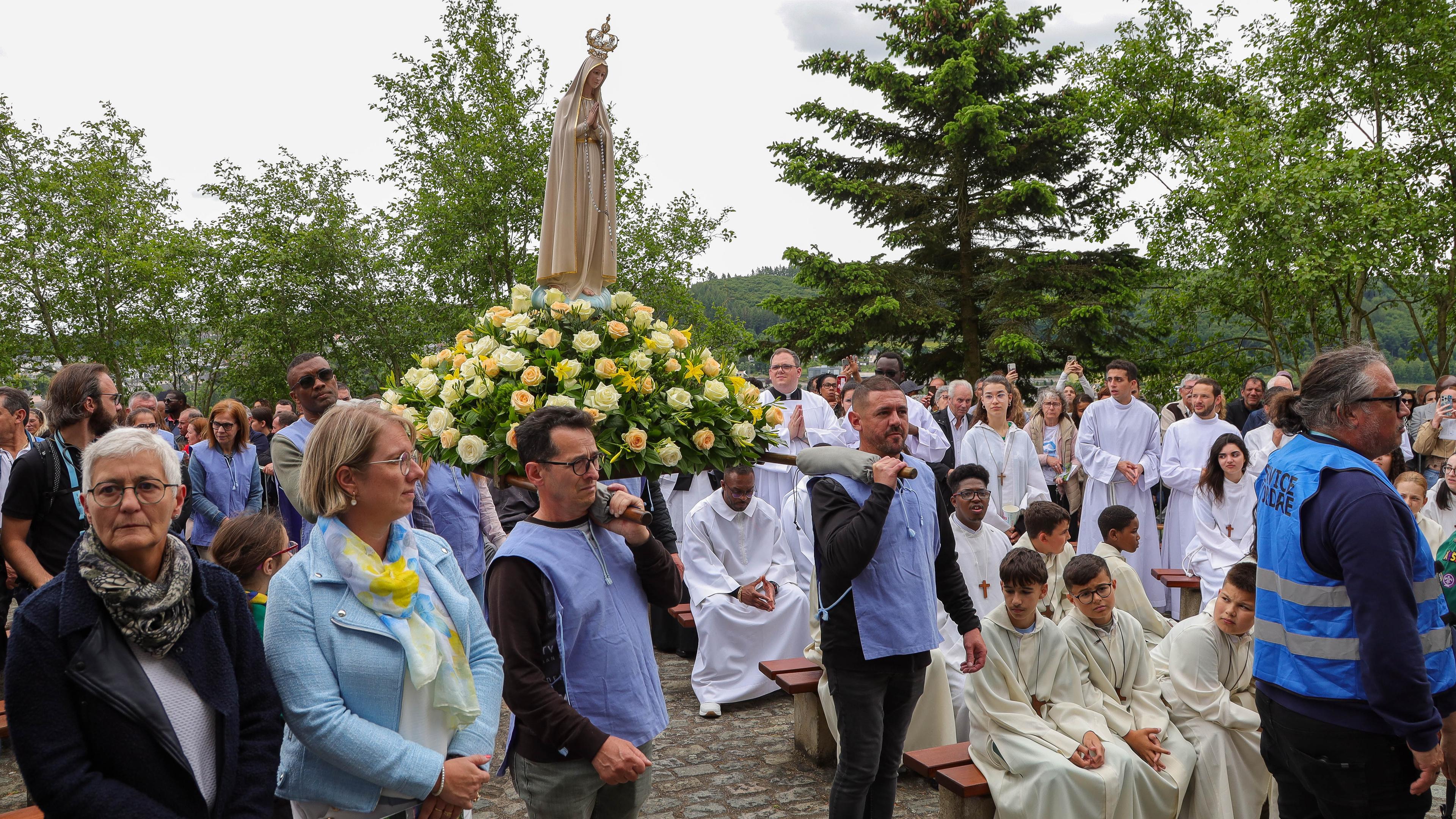This centenary tree benefits from a lightning strike in time
/s3/static.nrc.nl/images/gn4/stripped/data129993417-b24443.jpg)
A lightning strike can hardly damage or even kill a tree, but some thrive. Ecologists from, among others, the American Cary Institute of Ecosystem Studies conclude that. They discovered that the Dipteryx oleifera is lightning resistant and even indirect benefits of it. The tropical tree, also known as ‘Almendro’, grows in Central America and belongs to the butterfly flower. The investigation appeared this week New Phytologist.
It is estimated that hundreds of millions of trees per year die due to lightning strike. Especially around the equator, in the tropics, it often thunderstorms. Ecologists investigated 93 individual tropical trees in Panama that had been hit by lightning: nine Dipteryx oleifera-trees and 84 trees of other species. The lightning strikes were recorded by cameras, the damage to the trees studied the researchers from the ground and with drones from the air. The Almendro trees were only slightly damaged by a direct lightning strike, no death. That is striking, because the other 84 trees were heavily hired: they lost 5.7 times as many leaves of their crown and more than half died within two years.
Better off
The Almendro trees turned out to be better off after the lightning strikes than before. Because surrounding trees cleared the field, they gained access to more light and space. On average more than nine neighboring trees die per lightning strike because the electrical discharge crossed via branches, climbing plants or the air. The lightning strike also reduced the amount of climbing plant pests in the Almendro by almost eighty percent, which made more light and nutrients available for the trees themselves. The researchers estimate that a Dipteryx oleifera – which can be hundreds of years old – on average every 56 years immediately hit by lightning. Every impact is beneficial for the tree. The researchers estimate that this lightning resistance ensures that the tree species has no less than fourteen times as much chance of reproducing during its lifetime.
« It is very interesting that we have succeeded in demonstrating that this tree species can indirectly benefit from lightning strike, » responds ecologist Bianca Zoletto, who does promotional research at Wageningen University and Research into lightning and tropical trees, but then in Central Africa. She knows the researchers well – the scientific world of lightning influence on trees is small – but did not cooperate in this specific research. « I also see in Uganda that some trees are being hit more often and have very little damage. It is killing the competition and therefore has an advantage is common sense. But it is difficult to quantify. »
Lightning
The forest in Panama is the only tropical rainforest in the world where the impacts with cameras are observed, Zoletto explains. « I think this research supports the phenomenon well with strong data. A strong point is that it was performed on Isla Barro Colorado, one of the world’s best -studied tropical forest plots, where long -term data on tree mortality, the impact of lianas, species demography, etcetera are available. »
Because of the benefits, the special trees would even have been adjusted so that they put on lightning, the researchers think. Because of their height and wide crowns, the chance can be up to almost seventy percent greater that they will be hit than for a tree of average height and spot size. In addition to the Almendro, the researchers found seven ‘potentially lightning tolerant’ species. The numbers investigated were too low to draw the same conclusions as for the Almendro, but the ecologists suspect that long -lived, large trees in general (indirectly) benefit from a lightning strike.
What tree species make lightning -resistant is still unclear. The electrical resistance of wood can play a role, Zoletto says: the lower, the less heat is released that the tree can damage with a lightning strike. The researchers suspect that this is the case with the Almandro tree, but there is no evidence. On the other hand, a very high resistance can also be beneficial, because the impact on the trunk is possible instead of the tree itself. Another hypothesis is that suspension properties can form a layer of water around the trunk, which is also an easier road for lightning than the tree itself, according to Zoletto. « But no one has been able to prove how it works. »

/s3/static.nrc.nl/images/gn4/data132978730-43bb23.jpg)
:format(jpeg):fill(f8f8f8,true)/s3/static.nrc.nl/wp-content/uploads/2019/07/fritshome.png)
/s3/static.nrc.nl/wp-content/uploads/2025/05/28114152/data132856299-1ef8b8.jpg)



